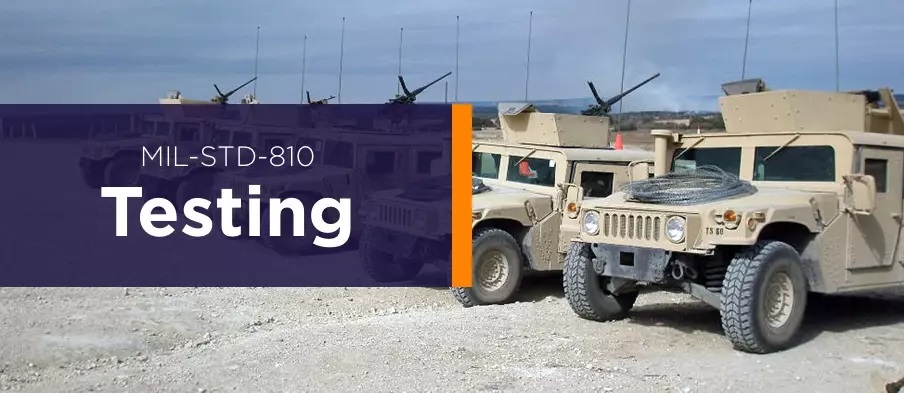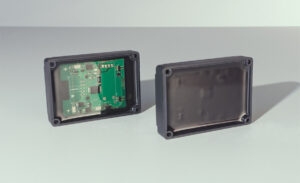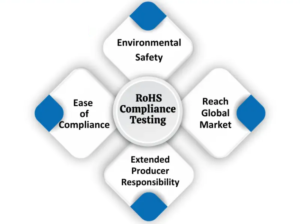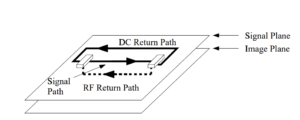MIL-STD-810 Overview
Introduction
The following is a top-level introduction to the US Military standard MIL-STD-810, used to define the testing methodology for, and results required for acceptance of, rugged equipment.
MIL-STD-810 is a series of performance and manufacturing guidelines set by the US Department of Defense for military and commercial equipment and applications. These guidelines specify allowable parts and environmental condition ranges in which a device must be able to operate to meet compliance.
MIL-STD 810 is a generally accepted standard of ruggedization testing and compliance for mobile computers and equipment.
The MIL-STD-810 test method is used to generate confidence in the environmental worthiness and overall durability of the ‘material system’ design. The testing process follows guidelines, which include program documentation, program roles, test standards, and laboratory test method guidelines for all categories.
The laboratory test methods are broken down into 24 categories and thereafter procedures (specific tests or levels) appropriate to the environment in which the equipment is expected to be used. The compliance test categories are shown overleaf.
The actual tests are carried out according to pre-defined test plans and criteria. The tests can be laboratory or natural environment field tests, or a combination, whichever applies. The test procedure is dependent on the environment tested. The procedure(s) and its execution provide the basis for collecting the necessary information.
After completion of each environmental test, the post-test data is examined and recorded in accordance with material specifications and program guidelines. A final test report will be created for each test, which includes an analysis of the test results.
Some products will carry a MIL-STD 810E rating and some may state they are MIL-STD 810F compliant. The Latest MIL-STD-810G is a revision of MIL-STD 810F and 810E. The tests and methods are basically the same but much of the standard has been rewritten to provide clearer direction.
When selecting a rugged product, it is essential to check whether it is ‘designed to meet’, tested, or compliant with MIL-STD-810 and that the actual tests to which the product is compliant reflect the environment in which the item is to operate.
For instance, a product may have been tested to 501.5 III A2 (High temperature, Tactical standby to operational, Basic Hot) but has it been tested to 510.5 I (Sand and Dust, blown dust, 24-hour test) which may highlight problems with ventilation and heat management when operating in the real world?
Example tests and procedures
Mechanical Shock
To determine the ability to withstand mechanical shocks from suddenly applied forces or an abrupt change in motion produced by handling, transportation, or field operation.
Standard: MIL-STD-810F Method 514.3, category C.
Environment: 75g 11ms saw tooth shock, 3± shock/axis, 3-axis, 18 total.
Altitude
To observe low air pressure effects on either operational or non-operational design parameters.
Standard: MIL-STD-810F, Method 500.2, Procedure I & II
Environment: 40,000 ft. and 70,000 ft. operational
Explosive Atmosphere
To determine the ability of equipment to operate in the presence of an explosive atmosphere.
Standard: MIL-STD-810F, Method 511.4, Procedure I, operational
Environment: Fuel-Air Explosive Atmospheres
Humidity
A humidity test simulates the moisture-laden air found in tropical regions.
Standard: MIL-STD-810F, Method 507.4 Procedure I, Cycle I
Environment: 240 hours, 95% RH
Random Mechanical Vibration
To evaluate the construction, materials, and mounting of the device for ruggedness.
Standard: MIL-STD-810F Method 514.5 and MIL-HDBK-344A
Environment: Vibration step from 21 – 41 g.
Temperature Humidity Bias
An operational test that evaluates the reliability of the device package in humid environments.
Standard: MIL-STD-810F, Method 507.3
Environment: 85°C, 85% RH, high line input voltage
Fungus
To determine if a material (or materials) will support the growth of specific fungi.
Standard: MIL-STD-810F, Method 508.4 Section II
Environment: Severe climate conditions
Salt Fog
To determine the resistance of the equipment to the effects of a salt atmosphere, primarily
Standard: MIL-STD-810F, Method 509.1 Procedure
Environment: Salt fog harsh environment
Test Categories
| Environment | MIL-STD 810F |
| Low Pressure (Altitude) | Method 500.4 |
| High-Temperature | Method 501.4 |
| Low-Temperature | Method 502.4 |
| Temperature Shock | Method 503.4 |
| Contamination by Fluids | Method 504 |
| Solar Radiation (Sunshine) | Method 505.4 |
| Rain | Method 506.4 |
| Humidity | Method 507.4 |
| Fungus | Method 508.5 |
| Salt Fog | Method 509.4 |
| Sand and Dust | Method 510.4 |
| Explosive Atmosphere | Method 511.4 |
| Immersion | Method 512.4 |
| Acceleration | Method 513.5 |
| Vibration | Method 514.5 |
| Acoustic Noise | Method 515.5 |
| Shock | Method 516.5 |
| Pyro shock | Method 517 |
| Acidic Atmosphere | Method 518 |
| Gunfire Vibration | Method 519.5 |
| Temperature, Humidity, Vibration, and Altitude | Method 520.2 |
| Icing/Freezing Rain | Method 521.2 |
| Ballistic Shock | Method 522 |
| Vibro-Acoustic/Temperature | Method 523.2 |
EMSxchange Enables you to select a Printed Circuit Board, PCB Assembly, cable & wire harness assembly, and box-build suppliers meeting your Required Electronic Manufacturing Capability, capacity, and Certification Criteria from a global Electronic contact manufacturer base.
EMSxchange takes complete responsibility and ownership for your electronic manufacturing process and all its deliverables from contract manufacturing supplier selection to manufacturing to quality inspection to shipment and delivery to your door.
EMSxchange Electronic Manufacturing Partners Profile includes:
Argus Systems (AESPL) – PCB, PCBA, Cable Assembly, Box Build, Testing.




